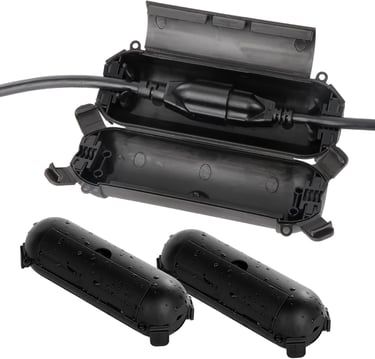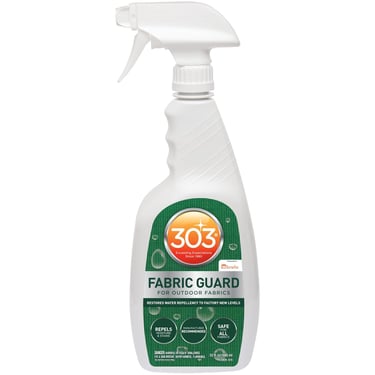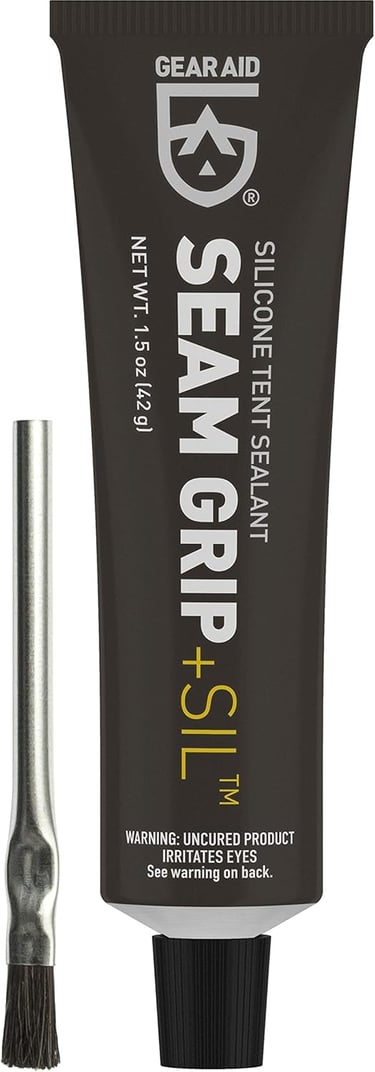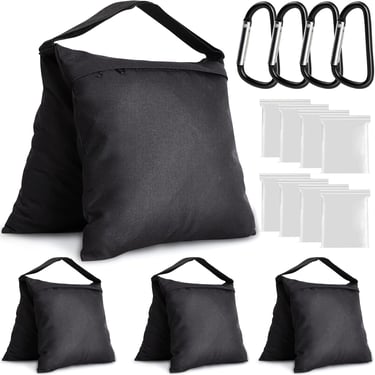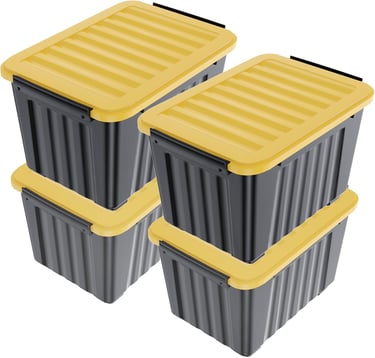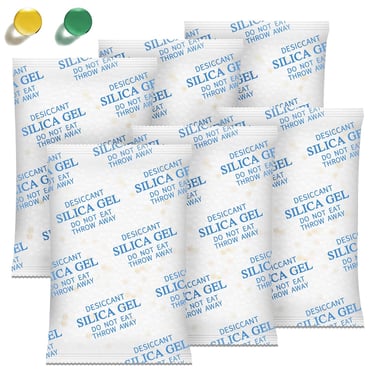Protect Inflatables from Rain Damage: Simple Tips
Learn essential tips for protecting your inflatables from rain and moisture damage. Ensure your outdoor fun lasts for years with our easy care advice for inflatables.
Frank Adminei
2/4/20255 min read
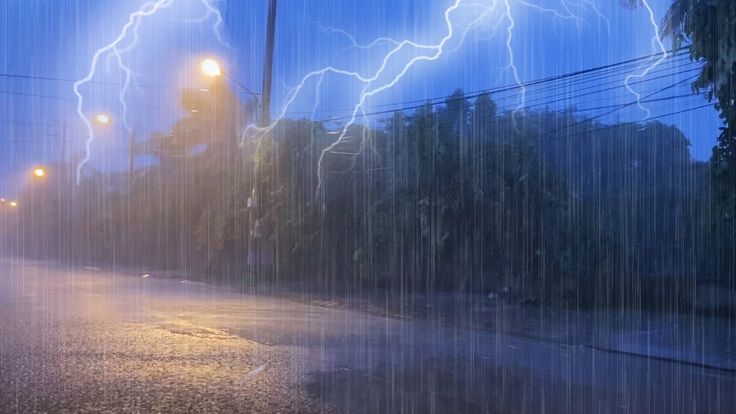

Introduction
Inflatable decorations and structures add fun and excitement to any outdoor space, but rain can be a major problem. Whether you're displaying festive holiday inflatables, setting up a bounce house for a party, or using advertising balloons for your business, exposure to water can cause serious damage. Mold growth, electrical issues, and wear and tear are common risks. This guide will show you the best ways to protect your inflatables from rain, keeping them in top shape for many seasons to come.
How Rain Can Wreak Havoc on Your Inflatables—and What to Do About It
Let’s be real—rain is the enemy of outdoor inflatables. Whether it’s a festive holiday display or a promotional balloon, a downpour can turn your vibrant, eye-catching setup into a soggy mess. And if you’re not careful, the damage might be permanent.
So, what’s the real risk?
Material Breakdown – Think your inflatable is waterproof? Not so fast. Prolonged exposure weakens seams, degrades fabric coatings, and increases the chances of leaks. Over time, even the best materials will wear out.
Mold & Mildew Nightmare – If you’ve ever dealt with a musty, mold-infested inflatable, you know how stubborn it can be. Damp conditions create the perfect breeding ground for mold, leading to foul smells and potential health hazards.
Electrical Danger – This one’s serious. If water gets into your power connections, you’re looking at potential short circuits—or worse, a fire hazard. Even "water-resistant" connections have their limits.
So, what’s the plan? You can’t control the weather, but you can protect your investment:
Use Waterproof Covers – A high-quality tarp or custom-fitted cover can be a lifesaver.
Elevate the Power Source – Keep plugs and power strips off the ground and sealed in waterproof casings.
Dry It Out ASAP – If your inflatable gets soaked, don’t just deflate it and forget about it. Air it out completely before storage.
Ignoring rain damage can cost you. A little prevention now saves you from replacing an expensive inflatable later.
Keeping Your Inflatables Dry: The Smart Way to Waterproof
If you’ve ever had an inflatable turn into a soggy, mildew-ridden disaster, you know how crucial waterproofing is. Rain happens—sometimes out of nowhere—and without the right protection, your investment could be ruined. So, what’s the best way to shield your inflatables from the elements?
Here’s what actually works:
Waterproof Sprays: Your First Line of Defense – A good fabric-safe waterproofing spray (like 303 Fabric Guard or Scotchgard) creates a barrier against moisture without making the material stiff or sticky. Apply it before the rainy season, and reapply periodically.
Pick the Right Material from the Start – Not all inflatables are created equal. Some are made with water-resistant PVC or treated nylon, while others soak up water like a sponge. If you’re buying new, choose one designed for outdoor use.
Seal the Weak Points – Seams and air valves are where leaks start. A high-quality seam sealer (like Gear Aid Seam Grip) can keep water from creeping into those vulnerable spots.
Go Beyond Just Waterproofing – Rain isn’t the only threat. UV rays weaken inflatable materials over time, so a UV-protectant spray can prevent cracking and fading. Look for all-weather coatings that handle both sun and rain.
Skipping waterproofing is like leaving your car windows open in a storm—it's just asking for trouble. A little prep work now can keep your inflatables looking sharp and functioning properly, no matter what the weather throws at them.
Setting Up Smart: Keep Your Inflatables Dry and Secure
Rain isn’t just falling from above—it’s creeping up from the ground, pooling in low spots, and getting into places it shouldn’t. A bad setup can turn your inflatable into a waterlogged mess, while a strategic one can keep it standing tall and dry. Here’s how to outsmart the weather:
Get It Off the Ground – Direct contact with wet grass, mud, or pavement means moisture seeping in from below. Elevate your inflatable slightly or use a waterproof ground tarp to create a barrier. This simple step can prevent slow water absorption that leads to mold.
Lock It Down – A surprise storm can send inflatables toppling, creating dips where water collects. Use heavy-duty stakes or sandbags to keep everything upright. If you're in a particularly windy area, consider additional anchoring methods.
Give It Some Cover – If possible, place your inflatable under a tent, canopy, or an overhang. Not only does this keep direct rain off, but it also helps channel runoff away from your display. Just make sure there’s good airflow to prevent condensation buildup.
Think of it like prepping for a camping trip—proper setup makes all the difference between a dry, well-protected inflatable and a soaked, sagging disaster.
Rescue Mission: What to Do When Your Inflatable Gets Soaked
So, your inflatable got drenched. Maybe a surprise downpour hit, or you forgot to check the weather. Either way, leaving it wet is a one-way ticket to mold, mildew, and material breakdown. Here’s how to salvage the situation before real damage sets in:
Kill the Power—Immediately – If it’s plugged in, unplug it now. Water and electricity don’t mix, and a short circuit could fry your blower or worse.
Dump the Excess Water – Before deflating, shake off as much standing water as possible. If it's already collapsed, lift sections to drain pooled water.
Dry It Like You Mean It – Lay it out flat in a dry, well-ventilated area. Sunlight is great, but if that’s not an option, set up fans to speed up evaporation.
Get Hands-On with Towels – Don’t just wait for it to dry—wipe it down with absorbent towels to remove lingering moisture. Water trapped in folds and seams can turn into mold territory fast.
Fight the Mold Before It Starts – Spray problem areas with a mild disinfectant or a vinegar-water mix to stop mold and mildew in their tracks. Avoid harsh chemicals that could degrade the fabric.
Skipping these steps? That’s how you end up with a musty, stained inflatable that smells like a damp basement. A little effort now can save you from a nasty surprise when you pull it out next season.
Storing Your Inflatables the Right Way—So They Actually Last
Throwing your inflatable into a box while it’s still damp? That’s how you guarantee a moldy, smelly mess next season. If you want your inflatables to last, proper storage is non-negotiable. Here’s how to do it right:
Dry It Completely – This isn’t optional. Even a little moisture trapped in folds or seams can lead to mold and mildew. Let it air dry for at least 24 hours, use fans if needed, and don’t rush the process.
Choose the Right Storage Container – Skip flimsy cardboard boxes. Heavy-duty plastic bins with airtight lids or waterproof storage bags provide the best defense against moisture, dust, and pests.
Pick a Smart Storage Spot – Garages, sheds, or attics with fluctuating temperatures and humidity can weaken the material over time. A climate-controlled space (like a basement or indoor closet) keeps your inflatable in top shape.
Take care of your storage now, and your inflatable will be ready to go—no surprises, no mildew stink, no last-minute regrets—when the next season rolls around.
Bonus Tips: Protecting Your Inflatables from Extreme Weather
Mother Nature doesn’t care about your perfectly planned display. Whether it’s snow, storms, or relentless humidity, extreme weather can shorten the lifespan of your inflatables fast—unless you take precautions.
Snowy Areas: Don’t let snow pile up. The weight can stretch seams, weaken fabric, and even cause collapses. Brush off snow regularly or temporarily deflate if heavy accumulation is expected.
Heavy Storms: High winds and torrential rain? That’s your cue to take your inflatables down. Leaving them up in extreme weather is asking for tears, electrical hazards, or a runaway inflatable flying into your neighbor’s yard.
Humid Climates: If you’re dealing with constant moisture, mold is a real threat—even in storage. Toss moisture absorbers (like silica gel packs or DampRid) into storage containers to keep things dry and mildew-free.
Stay ahead of the weather, and your inflatables will stay in top shape—bright, fun, and ready for action no matter what the forecast says.
Conclusion
Protecting your inflatables from rain is essential for their appearance and safety. By using waterproofing techniques, strategic setups, and proper storage, you can extend their lifespan and keep them looking like new. Take these tips to heart, and you'll enjoy your inflatables for countless seasons. Do you have any rainproofing tips to share?
